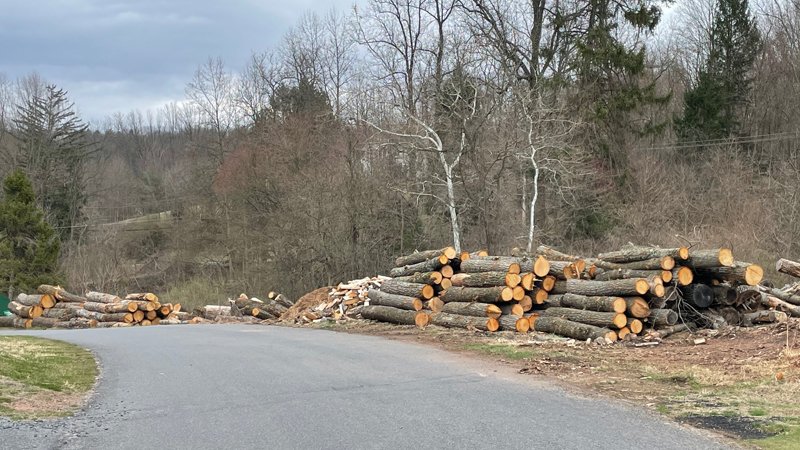
One of the more spectacular scenes during this year's Masters Tournament occurred during second round play on Saturday when three large trees fell near the 16th hole.
What was just as miraculous, and at the same time not surprising, was the way in which the crew at Augusta National cleaned up the site, removing any hint of the trees' existence.
Miraculously no one was injured as patrons in the area heeded the warning signs and ran for cover when they heard the cracking seconds before the tall loblolly pines came crashing to the ground.
Some might wonder how such a thing could happen at a place like Augusta, where every blade of grass is always in place. After all, don't golf courses manage trees and keep an inventory of those that are failing and unhealthy and have to come down? Nearly 3 inches of rain in a 24-hour period and high winds combined to create an ideal environment, making it unlikely that any tree-management plan could have forewarned such an occurrence.
"When high winds and that much rain converge, there is not a tree healthy enough to withstand that," said Anthony Williams, CGCS at Las Colinas Resort in Irving, Texas, and a certified arborist.
"Loblolly pines that tall are probably 40 to 50 years old, and they are not heavily rooted anyway. When you have soaking rains and heavy wind, they are going to fail."
Although it is likely that what occurred at Augusta was unavoidable, the event itself and the way Brad Owen's crew sprang into action to remove the timber before Sunday morning illustrates the need for not just a tree-management program, but contingency plans in the event of unexpected disasters.

"We clean up dying trees or those that are showing signs of stress every year," said Alan FitzGerald of LedgeRock Golf Club in Mohnton, Pennsylvania. "Some years, that's two or three trees. Some years, it's 30, or 40, or 50.
"We always monitor the trees for stress. We look for the ones that are leafing out, the ones that lose leaves early and we look at what they look like in mid-summer. The ones showing signs of stress we mark for removal in the fall."
Although some trees are removed for safety reasons, others are taken out because they affect how the golf course plays.
FitzGerald also brings in an arborist each year to help with some of the more difficult jobs.
"We took out 60 trees," he said. "And there were another 12 we couldn't manage on our own."
At Las Colinas, the happenings in Georgia sparked a conversation between Williams and the green committee.
"We took advantage of it to have a discussion of what a similar situation might look like here, and what would we do to avoid it," Williams said.
"What amazed me was the army of people with chainsaws who took care of that. That someone even thought of that and had that many chainsaws ready and chains sharpened. Whoever hit the Seal Team 6 button and said go, putting all that into motion … Augusta has a lot more resources than everyone else. Brad and his crew also have a lot of contingencies in place, and you just saw one of them."


